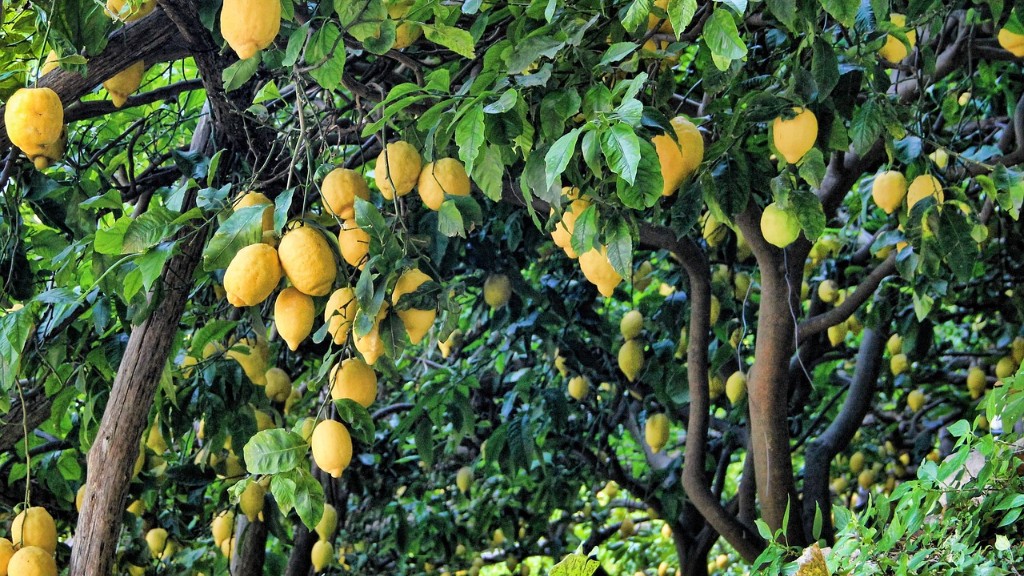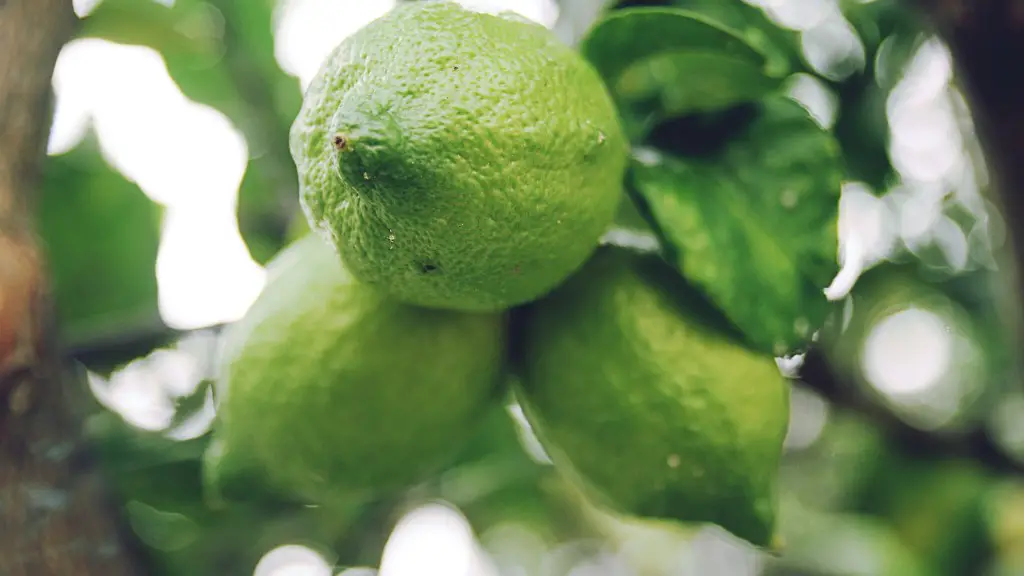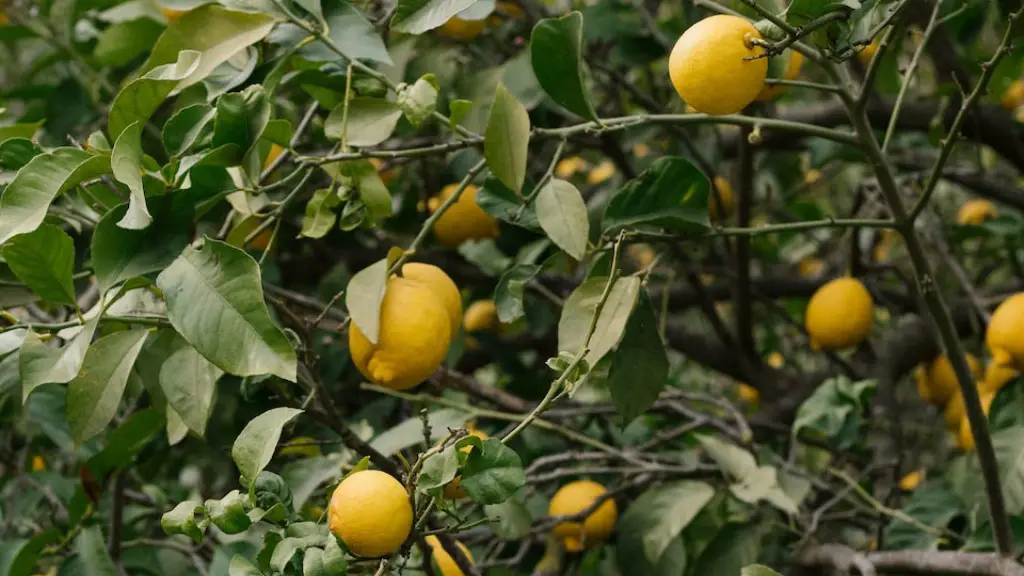Step One – Gathering Supplies
Transplanting an avocado tree can seem like a daunting task, but with the right supplies and a little bit of know-how, it’s a breeze. Firstly, you’ll need to gather the necessary tools and supplies: shovel, pruners, water, potted tree (if transplanting from a pot), and fertilizers. Some gardening stores and nurseries also sell special transplanting kits complete with all the materials you need.
You’ll also need to choose the proper location for the new tree. Avoid areas with poor drainage and make sure to keep the tree away from any potential roots from nearby trees. Additionally, be sure the tree will receive enough sun and shade, as these are essential factors in determining the health of the tree.
Step Two – Preparing the Soil
Once you have the location determined and all the supplies on hand, it’s time to start preparing the soil. To increase the drainage and prevent any soil-borne diseases, dig a hole twice as wide and three times as deep as the pot. If you plan on adding compost or manure, make sure to spread it over the area and mix it in with the soil.
For best results, take a soil sample from the chosen area and have it tested at a local nursery or garden center. Once you know the nutrients present, you can identify which fertilizers will work best for your particular tree.
Step Three – Planting the Tree
When you’re ready to plant your tree, it’s best to water it at least one day before to help soften the soil and make it easier to dig. Then, dig a hole in the exact spot you prepared earlier and start to take apart the roots of the tree. Remove any dead or diseased roots and gently spread out the healthy ones. Place the tree in the hole and make sure it is securely planted. Add more soil to the hole and pack it down around the roots. Be sure not to fill it too high above the original soil level, as this can cause the roots to rot.
Once the tree is planted, water the tree generously, but not to the point of flooding. Allow the water to slowly seep into the soil.
Step Four – Aftercare
Once the tree is planted, there are a few things you’ll need to do for proper aftercare. The most important of these is to water the tree regularly over the next few weeks. To help the tree better absorb the water and nutrients from the soil, you can use a slow-release fertilizer as well. Make sure not to add too much, as this can damage the tree. Additionally, be sure to trim and prune the tree as needed, as this will help the tree remain healthy.
Finally, if you transplanted an avocado tree from a pot, keep in mind that the tree will need more time to acclimate to the new environment. Be patient and monitor the tree’s growth—it will eventually start to thrive with proper care.
Protecting Against Pests and Diseases
Avocado trees can be susceptible to pests and diseases, so it is important to take preventive measures. Research potential infestations before replanting and watch out for any signs of pests or diseases. To reduce the likelihood of infestations, use insecticides, fungicides and mulch around the tree.
In addition, practicing good hygiene is crucial in keeping the tree healthy. Be sure to clean any tools that were used to transplant the tree and wash any containers that may have contained diseased soil. Keep the area around the tree clean, and dispose of any fallen leaves, fruit, or twigs immediately.
Fertilizing the Tree
Avocado trees need fertilizers to help them reach their full potential. To ensure that your tree is getting the nutirents it needs, you should apply a fertilizer throughout the year, but be sure to reduce the use during the winter. To do this, use a soil test to identify the nutrition levels in the soil and purchase fertilizers that address those deficiencies.
If you are uncertain about which fertilizers to use or how much to apply, talk with a local expert or visit your nearest garden center. They can help you identify the best fertilizer for your tree and answer any other questions you may have.
Understanding Root Structure
When transplanting a small avocado tree, it is important to understand the root structure. Initially, the tree will have a deep tap root, a fleshy fibrous root system, and potentially some aerial roots. If you dig out the tree, be sure to save as much of the root system as possible.
If planting in a pot, make sure it is deep enough to accommodate the root system. When transplanting, you should loosen the surrounding soil lightly to allow for easier root expansion. Additionally, provide adequate drainage for the tree so that the roots can access oxygen and other essential nutrients.
Repotting the Tree
In some cases, you may need to repot an avocado tree to help promote growth and encourage healthier root development. To do this, prepare a potting soil mix that is well-suited for the tree and gently separate the roots before putting them into the pot. Once replanted, water the tree and monitor its growth for the next few weeks.
Repotting is especially important for younger trees that may not have had the best root development. Doing this can help the tree survive any potential challenges and increase its chances of success.
Choosing the Right Varieties
When transplanting an avocado tree, it is important to choose the right variety for your particular climate. While some varieties can thrive in temperate climates, others may be more suitable for tropical and sub-tropical environments. Be sure to research the particular varieties that grow best in your area and select the appropriate tree.
You can also ask for advice from a local expert or garden center. They can help identify the best avocado tree for your climate and provide advice on transplanting and aftercare.


